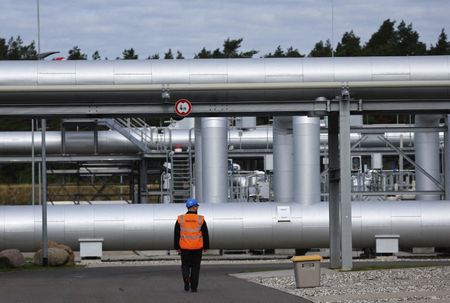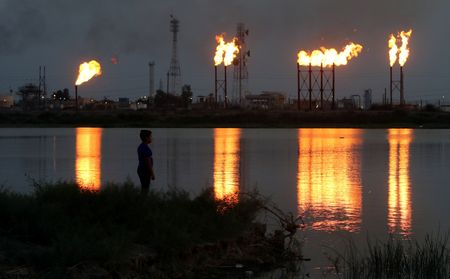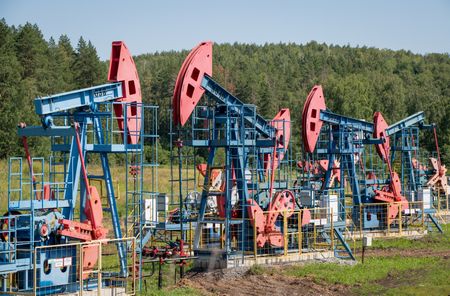FRANKFURT (Reuters) – Germany has filled its natural gas storage facilities to levels that will meet the European Union’s minimum requirements by November 1, but national operators’ group INES says it plans to monitor supply security closely because risks remain.
With 75% of storage space filled, the legal requirement to hit 81% by November 1 should be met, INES said on Tuesday.
Levels had reached more than 95% by the same time last year, data from industry group GIE showed.
“This (75%) level normally offers a secure (winter season) gas supply if temperatures are normal or warm,” said INES, adding that a particularly cold winter would present risks.
The winter gas season in the wholesale market runs from October 1 to the end of March 2026.
The EU and its member states set rules on filling storage sites to ensure a safety buffer after Russia cut westward deliveries and the bloc has since decided to phase out all remaining imports from Russia by 2027.
While stocks should last to the end of March, European neighbours have been slow to fill their facilities and a severe winter could trigger sizeable demand, INES said, leading to Germany’s storage being depleted by the end of January.
Germany is mainland Europe’s biggest gas consumer and has underground storage capacity equivalent to a quarter of annual consumption.
SEFE, one of 16 INES member companies, said last week that it did not allocate any space at its Rehden facility for 2025/26 in an auction, having allocated some gas in earlier rounds.
Other players are RWE Gas Storage West, Uniper Energy Storage and VNG.
The next update will be on November 18.
(Reporting by Vera Eckert; Editing by David Goodman)











